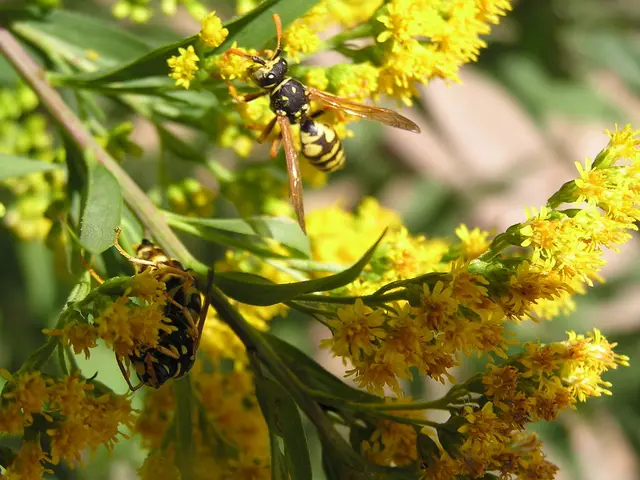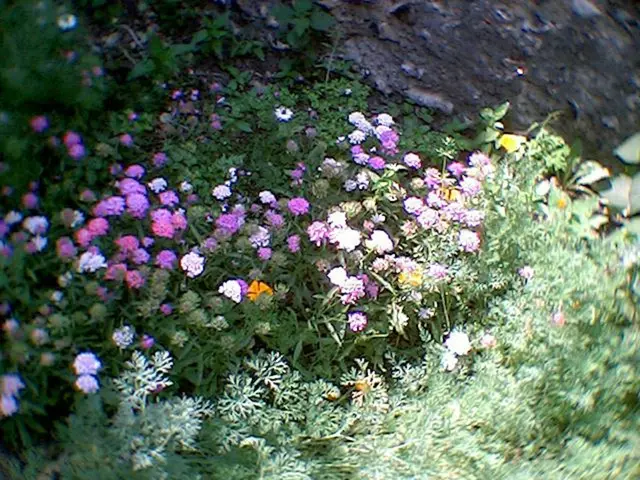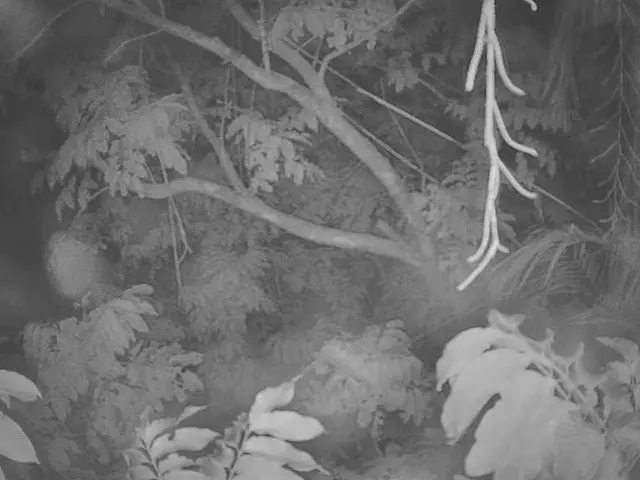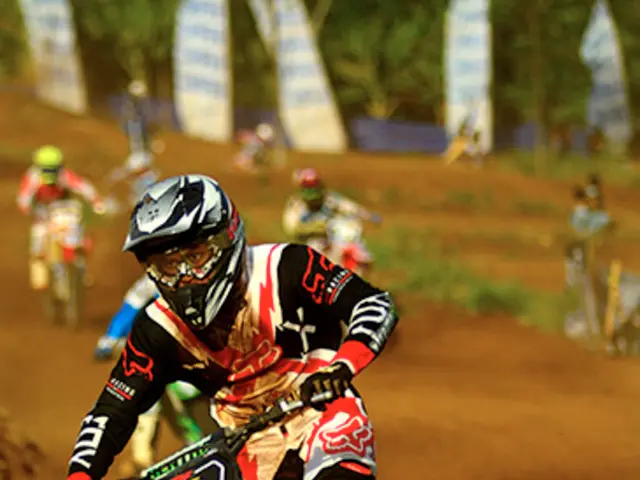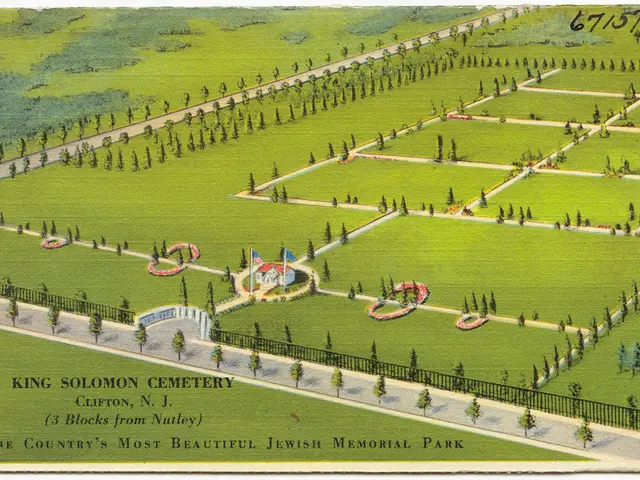What Gardeners Ought to Understand Regarding the Appropriate Timing for Spring Planting Based on Their Zone
Get ready for a blooming spring, but remember, timing is everything! A premature planting can lead to trouble, while a delayed start may cut down on your growing season. Each gardening zone has its own rhythm, so understanding the differences can help you maximize your efforts. From knowing your last frost date to checking soil temperature, there are many ways to ensure a healthy start. Whether you're growing vegetables, flowers, or trees, these tips will guide you through a safe and successful spring planting season.
First, Know Your Zone
The USDA hardiness zone is the first step in knowing when to start planting. Each zone is based on the average minimum winter temperature in your area. This helps determine which plants can survive and when it's safe to plant them. Gardeners in warmer zones can begin earlier than those in colder regions. Find your zone on the USDA's official map or through local garden centers. Knowing your zone also helps you pick the right plants for your climate. It's the foundation for a healthy and thriving garden.
Pay Attention to Frost Dates
The last expected frost date is a vital marker for spring planting. It tells you when the danger of frost has usually passed in your area. Planting too early can risk damage or death to young seedlings. Find your frost dates through your local extension office or weather service. Remember that weather can be unpredictable, so use this date as a guideline but stay flexible.
Keep an Eye on Soil Temperature
Soil temperature matters more than air temperature when it comes to planting. Seeds and roots need warm soil to grow properly. Many vegetables won't germinate unless the soil is at least 50°F. Use a soil thermometer to check the soil's temperature before planting. Cold soil can cause seeds to rot or delay sprouting. Waiting until the soil is warm enough helps your plants get off to a strong start.
Start Cool-Season Crops Early
Some plants, such as lettuce, spinach, and peas, can be planted before the last frost. These crops tolerate cold and can grow well in lower soil temperatures. They may bolt or wilt if planted too late in warmer weather. Check the seed packet or a trusted gardening guide to see which crops are safe to start early. Keep a close eye on any sudden dips in temperature to protect your growing plants.
Cold Frames and Row Covers Can Extend the Season
Cold frames and row covers are helpful tools for early planting and can protect plants from frost and wind. They trap warmth from the sun and allow you to start seeds earlier or to shield young plants after transplanting. These tools are particularly useful in cooler zones with shorter growing seasons. They also help transitional plants from indoor to outdoor conditions. With the right setup, you can extend your growing window by several weeks.
Start Seeds Indoors According to Zone Guidelines
Starting seeds indoors gives you a head start on the growing season. Each plant type has a recommended indoor start time based on your zone and frost date. Tomatoes and peppers, for example, usually need 6–8 weeks of indoor growth before moving outside. Use grow lights or a sunny window to help seedlings thrive. Keep track of dates so you know when to transplant.
Harden Off Seedlings Before Transplanting Outdoors
Before moving indoor-grown seedlings outside, you need to harden them off. This means slowly acclimating them to sunlight, wind, and outdoor temperatures. Start by placing them outside for a few hours each day, then gradually increase the time. Do this for about a week before planting them in the ground. Skipping this step can shock your plants and stunt their growth. A gentle transition helps them adapt and thrive in their new environment.
Prepare Raised Beds to Warm Soil More Quickly
Raised beds warm up faster in the spring than ground-level garden plots. Their design allows the sun to heat the soil more effectively. This makes them great for early planting. You can also cover them with clear plastic to speed up the warming process. Adding compost helps, too, as decomposing organic matter produces heat. Preparing raised beds early gives you a jump on the growing season, allowing your plants to settle in sooner.
Avoid Planting During Sudden Warm Spells
A few warm days in late winter or early spring can be tempting, but don't rush to plant. Sudden temperature spikes often end with a return to cold weather. If you plant too early, a frost or freeze could damage or kill young plants. Wait until the weather has been consistently warm and the soil is ready. Being patient can protect your garden from early setbacks and save you from having to replant.
Plant Bare-Root Trees and Shrubs While Dormant
Bare-root trees and shrubs should be planted while they are still dormant. They're usually planted in late winter or very early spring, depending on your zone. When planted before bud break, they can focus energy on growing roots rather than leaves. Make sure the soil isn't frozen or overly wet before planting. Water them well after planting and mulch to retain moisture. Dormant planting gives them a strong start before the summer heat arrives.
Wait Until Soil is Workable — Not Wet or Frozen
Even if the air feels warm, the soil may not be ready. Working soil that's still frozen or soggy can damage its structure. Wait until the soil crumbles easily in your hand before digging or planting. Planting in wet soil can lead to root rot or compacted earth. Good drainage and loose soil help roots grow deeper and healthier. Checking soil readiness is a simple step that makes a big difference.
Choose Early-Blooming Plants Suited to Your Zone
Not every flower or vegetable is designed for early spring. Choose varieties that are known to bloom early and can handle cool temperatures. Look for zone-specific recommendations on seed packets or plant labels. Native plants are also a great option since they adapt to local weather. Planting the right varieties means less risk and more success. It also helps your garden look vibrant early in the season.
Begin Container Gardening When Conditions Allow
Containers are fantastic for early planting because they warm up faster than the ground. You can also move them around to catch sunlight or avoid frost. Use well-draining soil and choose containers that match your plants' needs. Herbs, lettuce, and pansies are great early-season choices. Keep an eye on the weather and bring containers indoors if a freeze is coming. This flexibility makes container gardening perfect for uncertain spring weather.
Follow Local Extension Office Planting Recommendations
Your local extension office is one of the best sources for planting advice. They provide zone-specific information based on years of data. You can find detailed calendars, frost dates, and crop guides tailored to your area. These resources help you plan with confidence and avoid guesswork. Extension offices also offer support for pest control, soil testing, and plant health. When in doubt, start here.
Plan Frost Protection Strategies for Tender Plants
Even after the frost date, a surprise cold snap can happen. Be prepared with ways to protect tender plants. Use row covers, sheets, or overturned buckets to shield plants overnight. Keep an eye on the forecast and act quickly if a cold comes. Having protection ready means you don't lose progress if the weather turns. Planning ahead helps your plants stay safe and strong all spring.
Smart Timing Leads to a Thriving Garden
Get the timing right for spring planting, and you'll see the benefits in your garden all season long. By knowing your zone, watching the weather, and preparing your soil, you can avoid common mistakes and give your plants a strong start. Each garden is unique; the more you observe and plan, the better your results will be. With a little preparation, you'll have a healthy, productive garden bursting with life.
- A soil testing kit can help you ensure your garden soil is at a suitable temperature for proper seed growth, as soil temperature is more crucial than air temperature for successful planting.
- Coordinating your home-and-garden lifestyle with the ideal planting periods, based on your USDA hardiness zone and local frost dates, can help make your lifestyle choices conducive to a thriving home-and-garden. Gardening in harmony with your zone's climate leads to a vibrant, successful home-and-garden.

